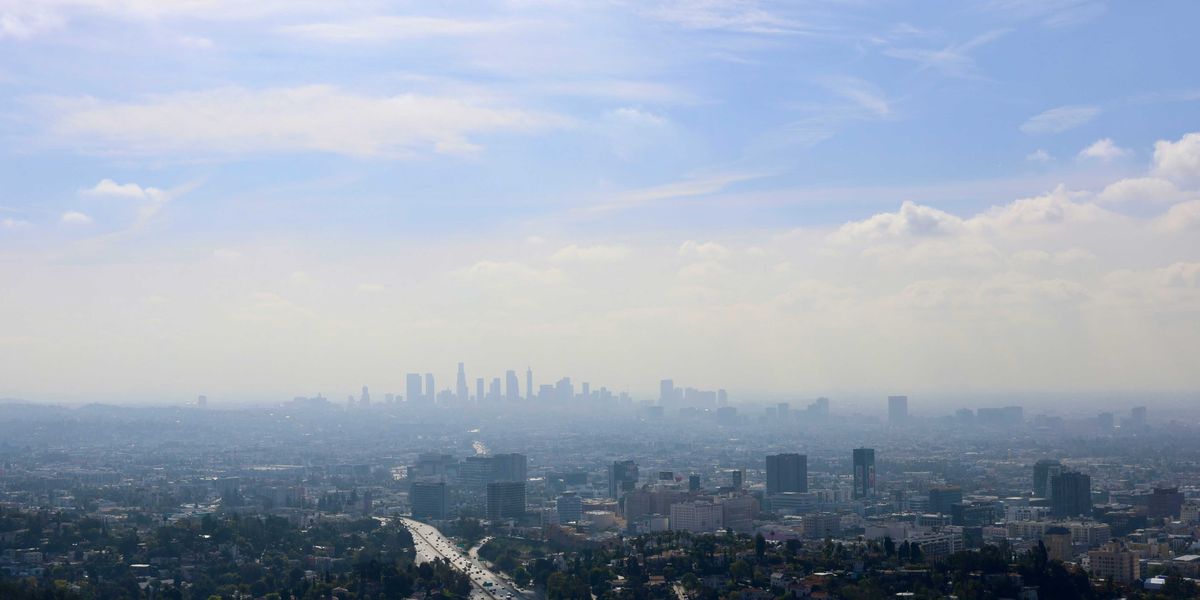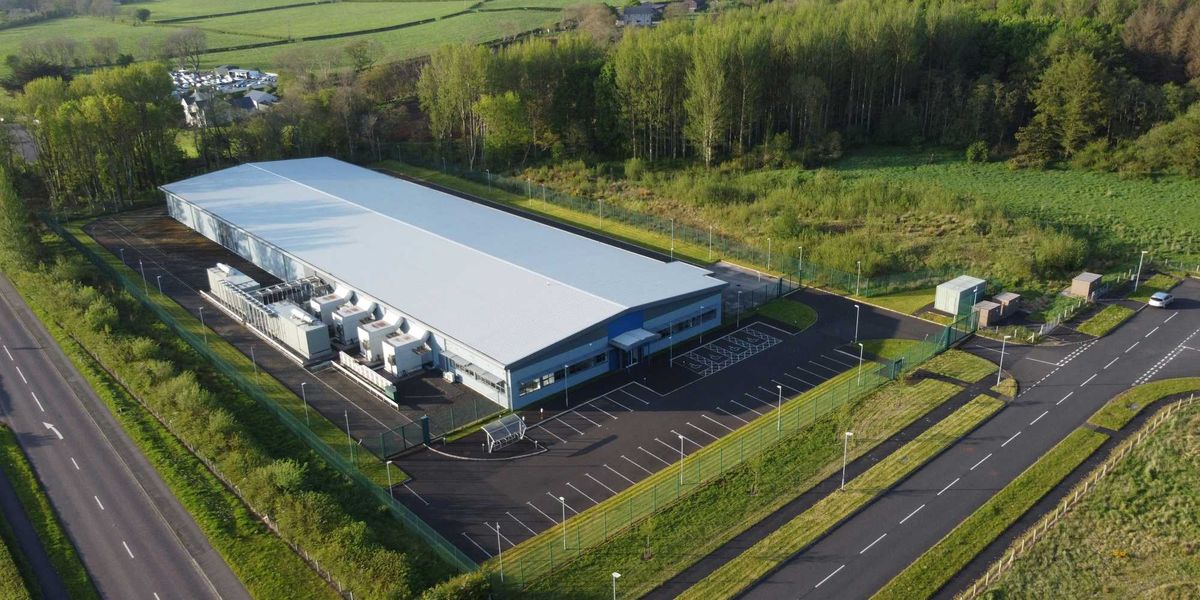New York marshes face erosion threats due to climate change
The marshes in New York City, vital ecosystems for shorebirds and other wildlife, are severely impacted by sea level rise and storm surges, compounded by heavy metals from their industrial past.
Lauren Dalban reports for Inside Climate News.
In short:
- More than 80% of New York City's original tidal wetlands and marshes have been filled in for development.
- Remaining marshes suffer from erosion caused by sea level rise, storm surges and human activities.
- Heavy metal pollutants in the marshes pose a threat to water quality and wildlife.
Key quote:
"Unless we put sediment on top so [the marshes] can keep up, they’ll just be drowned. They’ll be underwater, and they’ll fall apart, which is really happening."
— Dr. Dorothy Peteet, senior research scientist with the NASA Goddard Institute for Space Studies
Why this matters:
The erosion of New York's marshes not only threatens biodiversity but also the city's water quality. Protecting and restoring these ecosystems is crucial for maintaining environmental health and mitigating flood risks.













